| | With air temperatures in the mid-80s, everyone in the garden is happy. Tomatoes are lush and setting and ripening fruit. Squash and cucumbers and beans are bearing. Roses and daylilies and lots of others are blooming. And we gardeners are happily moving on from Spring to Summer in edibles, ornamentals, and activities. Here’s what’s happening in my garden, and perhaps yours: Tomatoes I harvested my first tomatoes – five of them – from Paul Robeson. I’d grown “him” only once before, years ago, but wasn’t happy with the result then. So this is a great start to tomato-tasting season. This year’s “contestants”in my garden are Ace 55, Big Rainbow, Black Krim, Celebrity, Cherokee Purple, Chocolate Stripes, Costoluto Genovese, Early Girl, Green Doctors, Green Grape, Indian Stripe, Isis Candy, Lucky Tiger, Paul Robeson, Pink Brandywine, Pink Siberian Tiger, Stupice, and Sungold. I look forward to the glut of the goodies! Squash and Cucumbers and Beans These are all beginning to bear. I'm taste-testing them as they develop - from teeny size with blossoms still attached, through to too-mature. Some varieties I prefer smaller, and others large. This is definitely the great benefit of growing your own -- the choice of when to harvest! I’m sure to keep all of the plants watered well, especially the cucumbers which will get curly and bitter-tasting if they don’t get enough water. I’ve just added more coffee grounds to the pea beds and sown seeds of all three - squash and cukes and beans - for a second batch. About the time that the first batch finishes bearing, in a month or so , this second batch will begin to bear. When those start to bear, I’ll make another sowing and perhaps even a fourth sowing when the third batch begins to bear. Or, I may be sick of squash and cucumbers and beans by then! This multiple-time resowing of only a few plants each time guarantees that I’ll have harvests over a long time range, instead of a glut all at once. But, of course, if you’ll preserve any of these, you’ll want to plant a whole lot of them to get the harvest to be huge so your preservation process can be done relatively all at once. Artichokes While I harvested my last artichokes a couple of weeks ago, I’ve let a couple of the too-mature ones continue to ripen and open their exquisite purple blossoms, so I can enjoy them in that form for another couple of weeks. I’ll let the foliage continue to die back so the roots can reabsorb the energy from the foliage for next year’s crop. The plants will look pretty worn out and frayed until then, but I'm more interested in letting them reabsorb their energy. Asparagus The asparagus ferns from the shoots that I didn't harvest (the ones less wide than my little finger) are still an exuberant green and will continue growing through the summer and into the fall. This makes them beautiful “edible landscaping” plant choices to combine with other ornamental-only plants throughout the garden. Once the ferns die back, I know the roots have reabsorbed all their energy for next year’s crop, so I’ll cut down the brittle brown stalks and put them into the compost pile. But I’ll mark the location of each plant clump so I don’t disturb it before it resprouts in Spring. Over the winter, I’ll have piled on more manure and compost so the nutrients are washed down to the roots by rain (hopefully) or irrigation. Carrots Having been in the morning shade of the peas for most of the winter and early spring, the carrots are now in the all-day sun, so I’m making sure that I keep them well watered so they’ll continue growing well and their flavor will remain sweet. However, I will make more of a point of harvesting more of them now, while they’re still smallish. If allowed to dry out and grow too far into the heat of the summer, their natural “turpentine” flavor will concentrate, overcoming their sweetness. Some varieties are more likely to do this, but I haven’t figured out which ones they are yet. I'll just have to take notes as I munch my way down the row! Figs I just covered the figs with their bird netting, gathering and tying together the secondary branches and foliage at the base of each primary branch. Each of these “balloons” has a fist-size access hole that I’ve punched into the netting on the far and downside, away from where any squirrels might be able to enter. This technique worked well last year. We now have 10 kinds of figs - Celeste, Conadria, 3 kinds of Kadota, Black Mission, Panache/Tiger, Peter’s Honey, Texas Everbearing, and Violette de Bordeaux. My "one" fig tree - with the 3 Kadota types - is really three varieties, since years ago I'd stuck cuttings from several friends into one hole, intending to transplant them once they'd rooted. Which of course I never did, so all the branches grew intertwined. Last year, I noted which slightly-different fruits were on which branches, and pruned them all back so this year I corralled each different variety in its own "balloon" of netting. This way, in future prunings, I'll be assured that I don't mistakenly prune out one of the varieties. This is always the protential problem with multi-grafted trees. The Violette de Bordeaux are new transplants that I’d rooted from friends’ cuttings, so they’re still tiny and not fruiting yet. The rest will make a great taste-testing later this summer! Grapes I just planted two new grape varieties that I’d rooted from last February’s California Rare Fruit Growers Foothill Chapter scion exchange. (There are 4 chapters in the greater LA area and another 5 in Southern California, so choose the one that’s closest to you for the best match with your garden’s microclimate. See https://crfg.org/ and click on “Chapters”.) Now I have 12 varieties - Blueberry, Cabernet, Captivator, Concord, Diamond, Flame Seedless, Hamburg, Jupiter, Mission, Red Flame, Muscat of Alexandria, and Thompson. All are growing vigorously, but none have set fruit yet. Amaranth These free-sowers that pop up through the year are welcome in my garden. Their brilliant red-purple-maroon stems and leaves and blossoms add color to the garden-as-bouquet, and the nutrition and flavor of the young leaves augment salads and stir-frys. More June Doings For more what-to-do-in-June, see my “Monthly Tips”. The direct link = http://www.gardeninginla.net/june.html |
|
0 Comments
|
Categories |

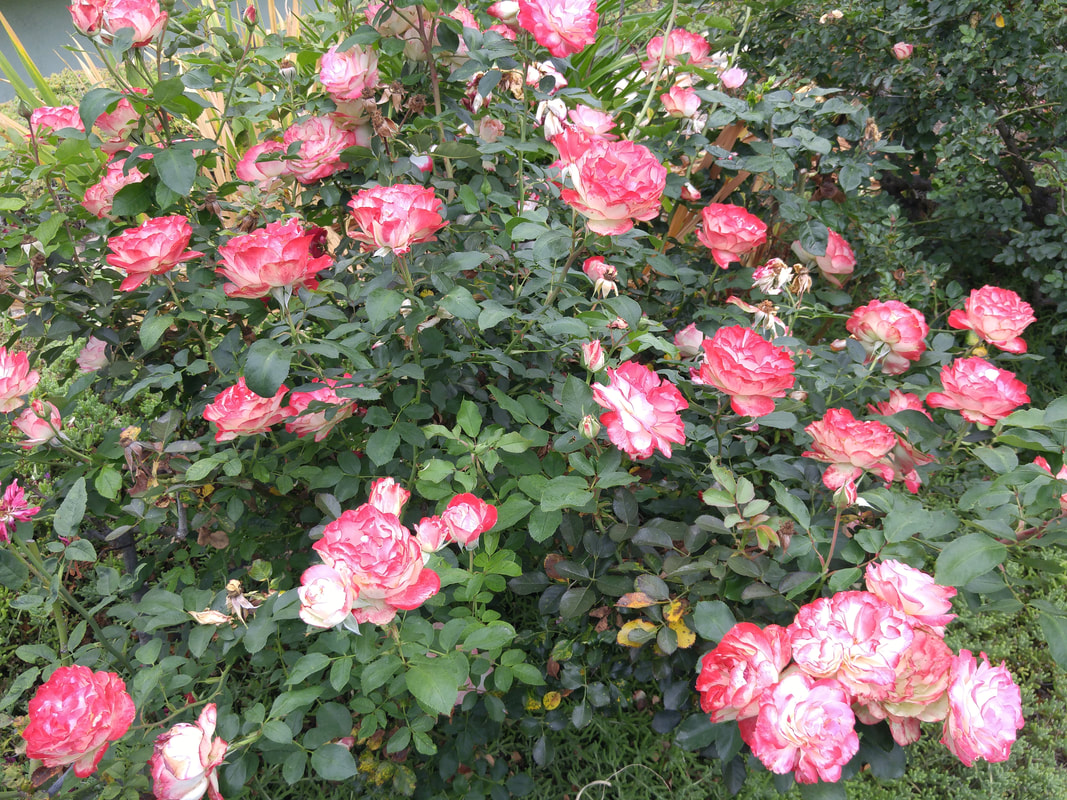
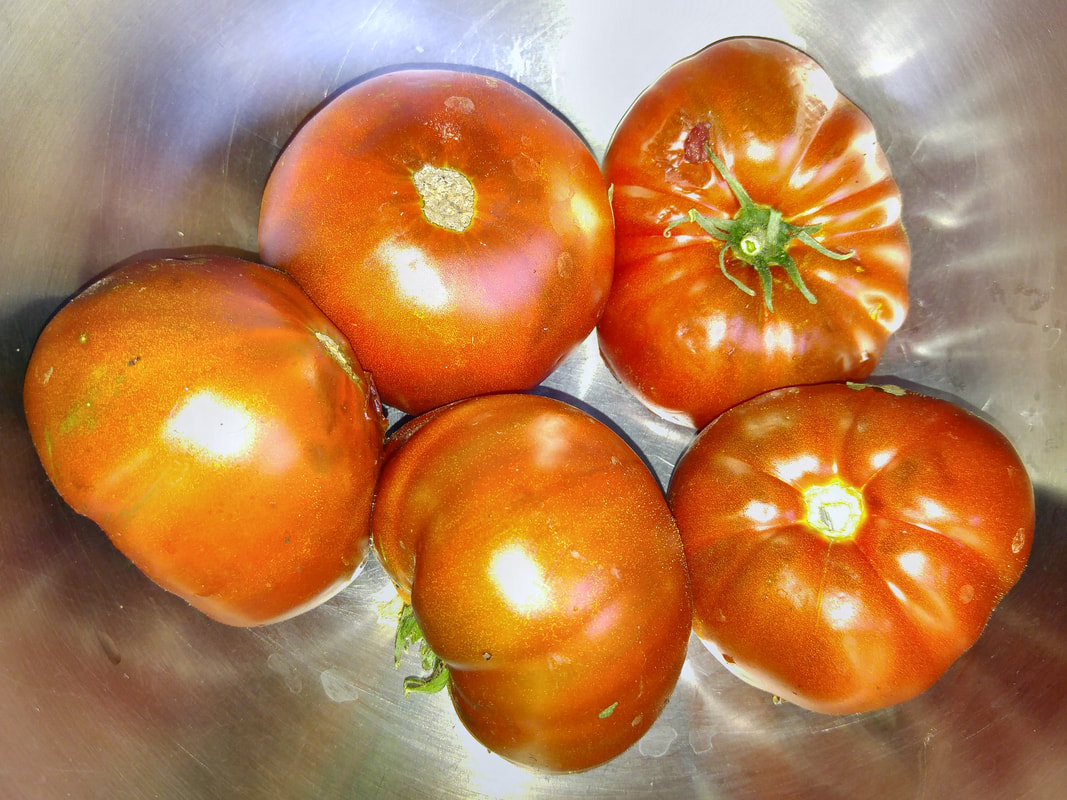
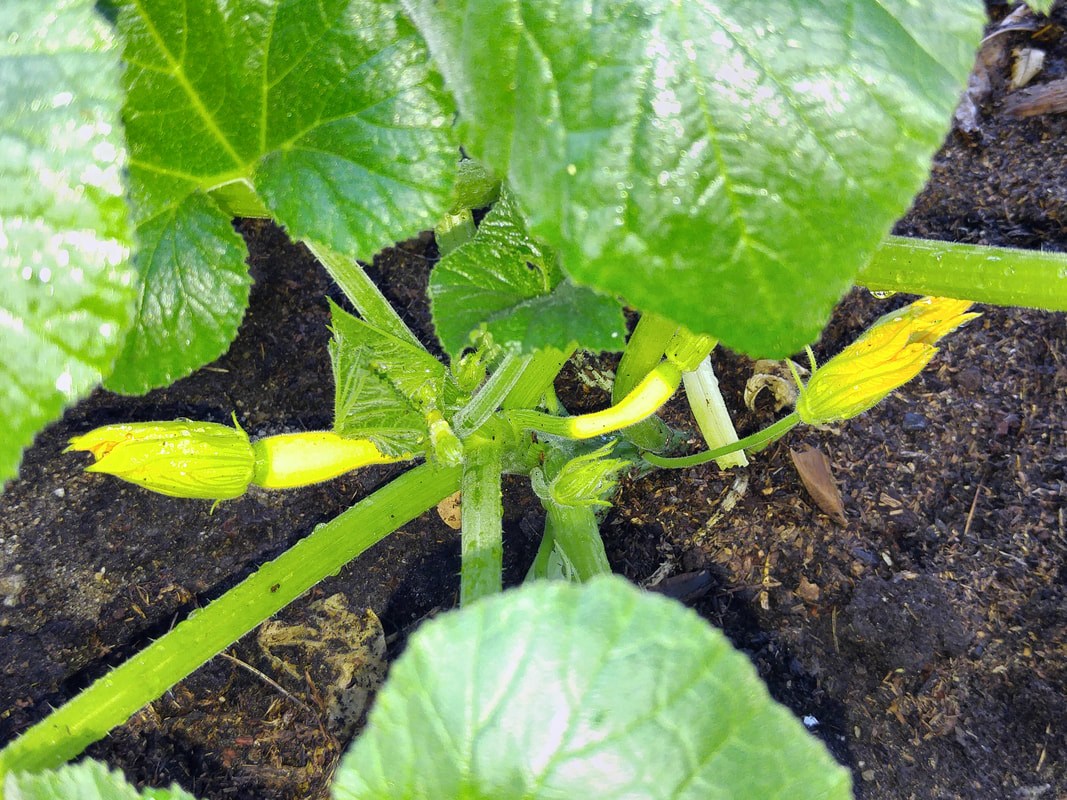
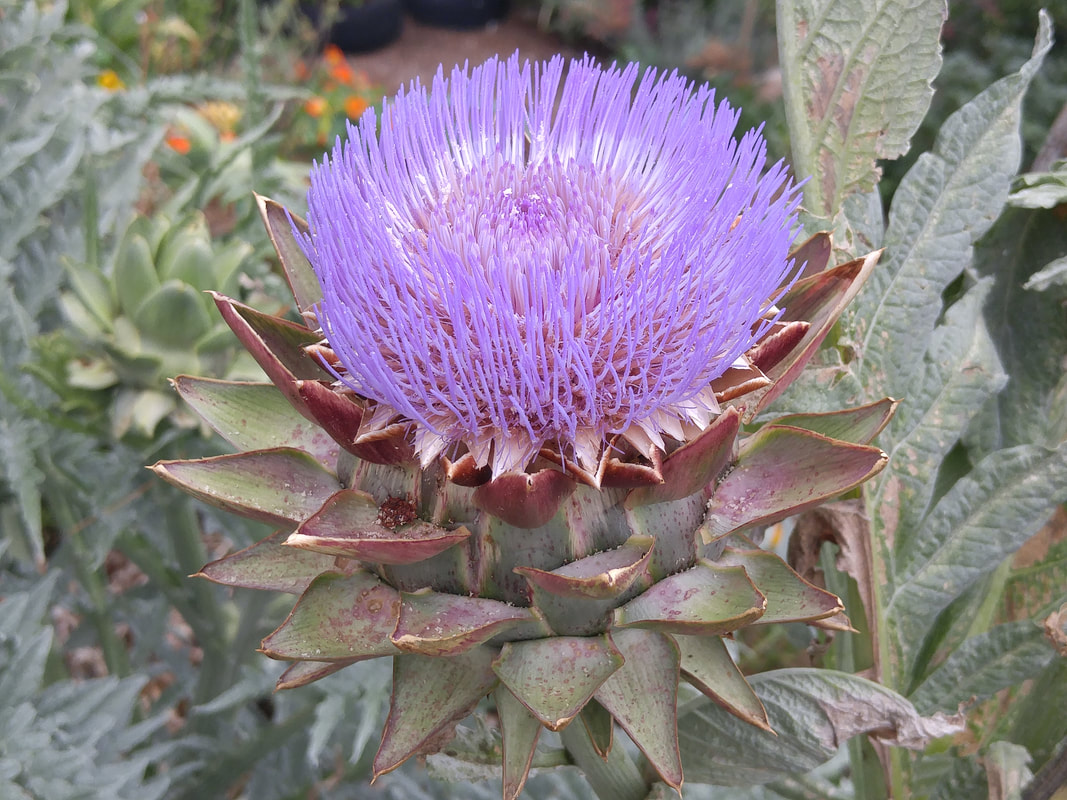
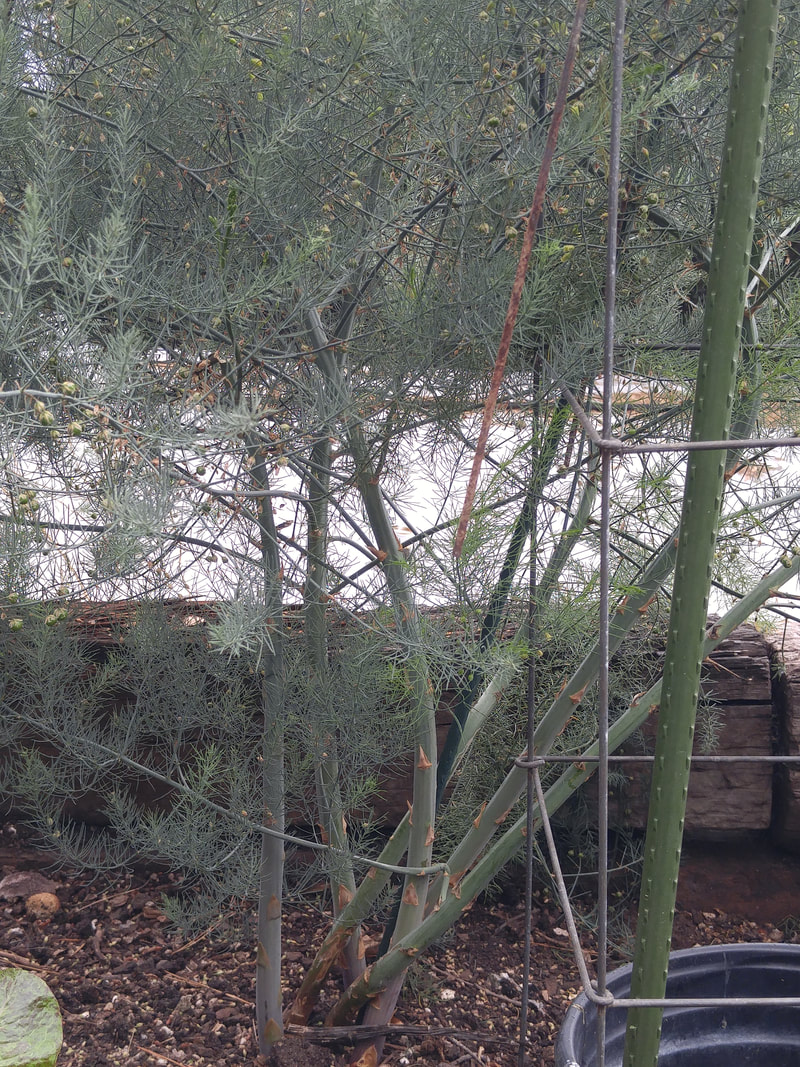
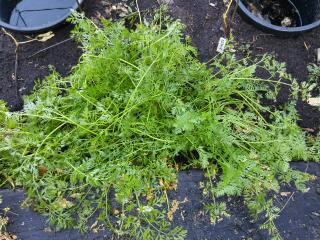
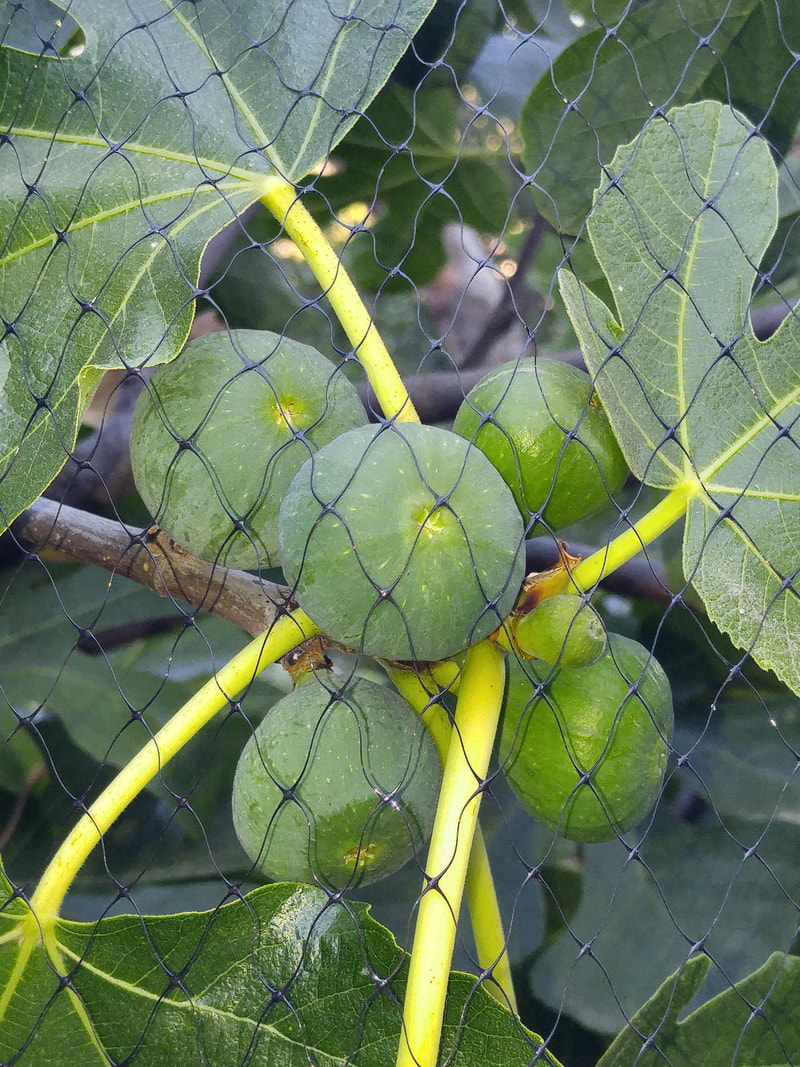
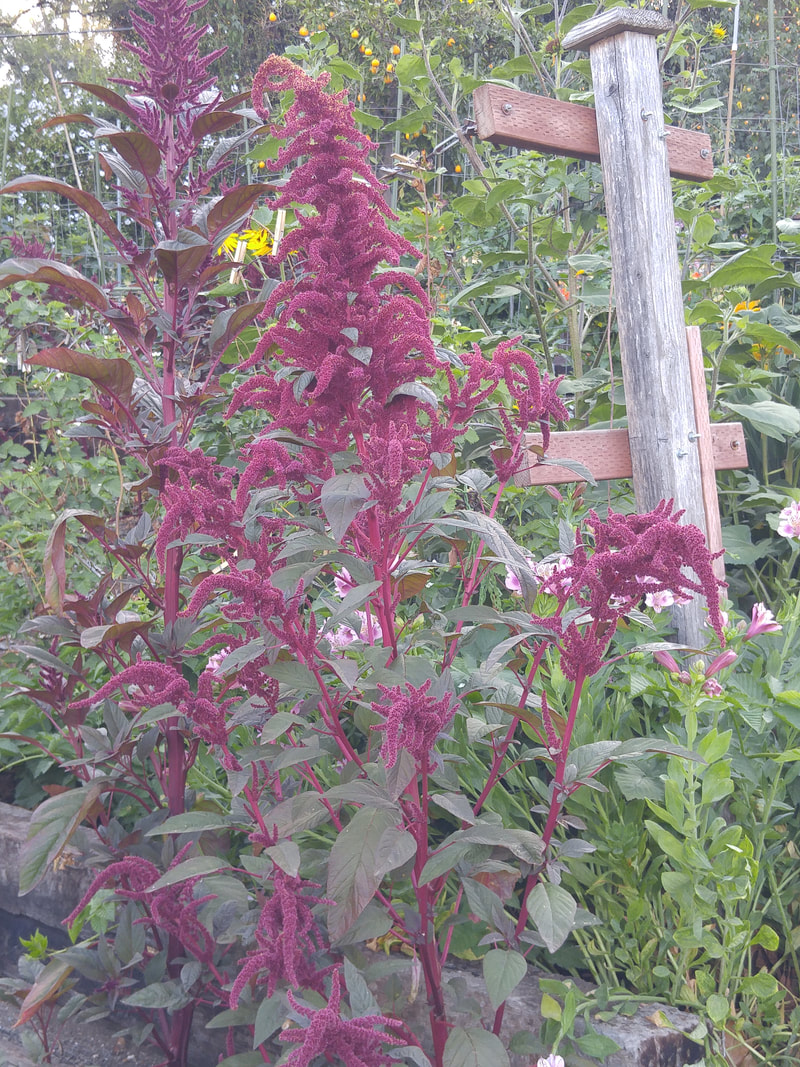
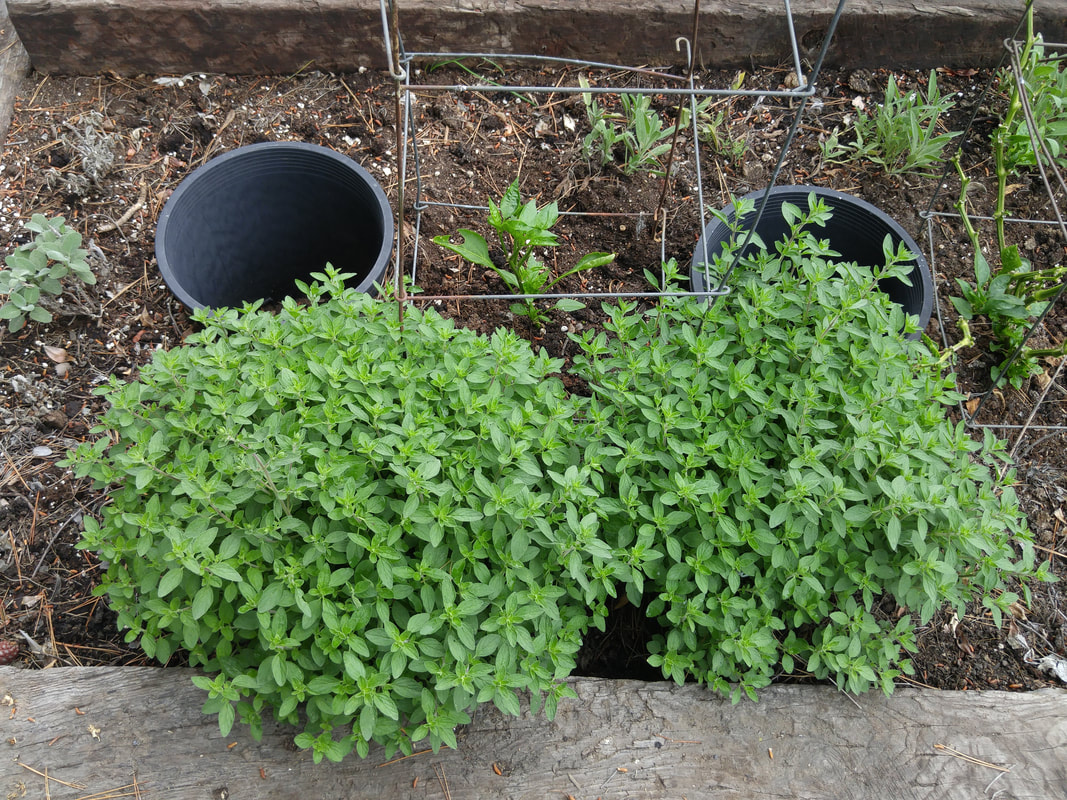
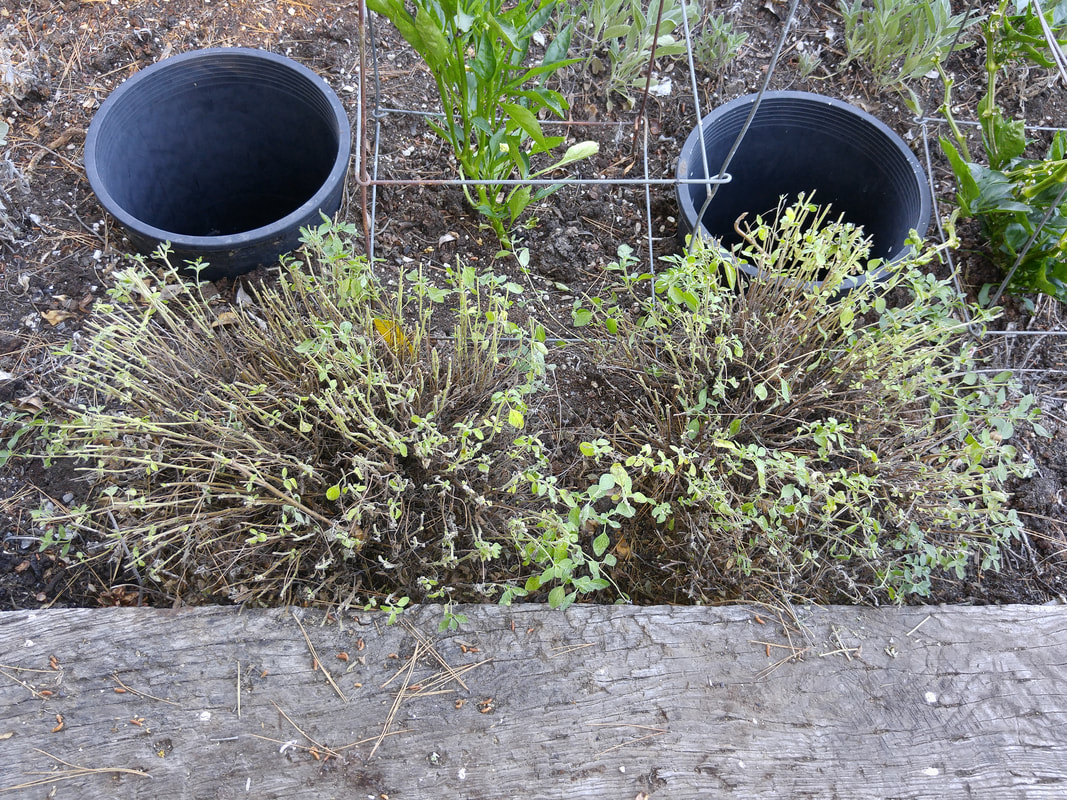
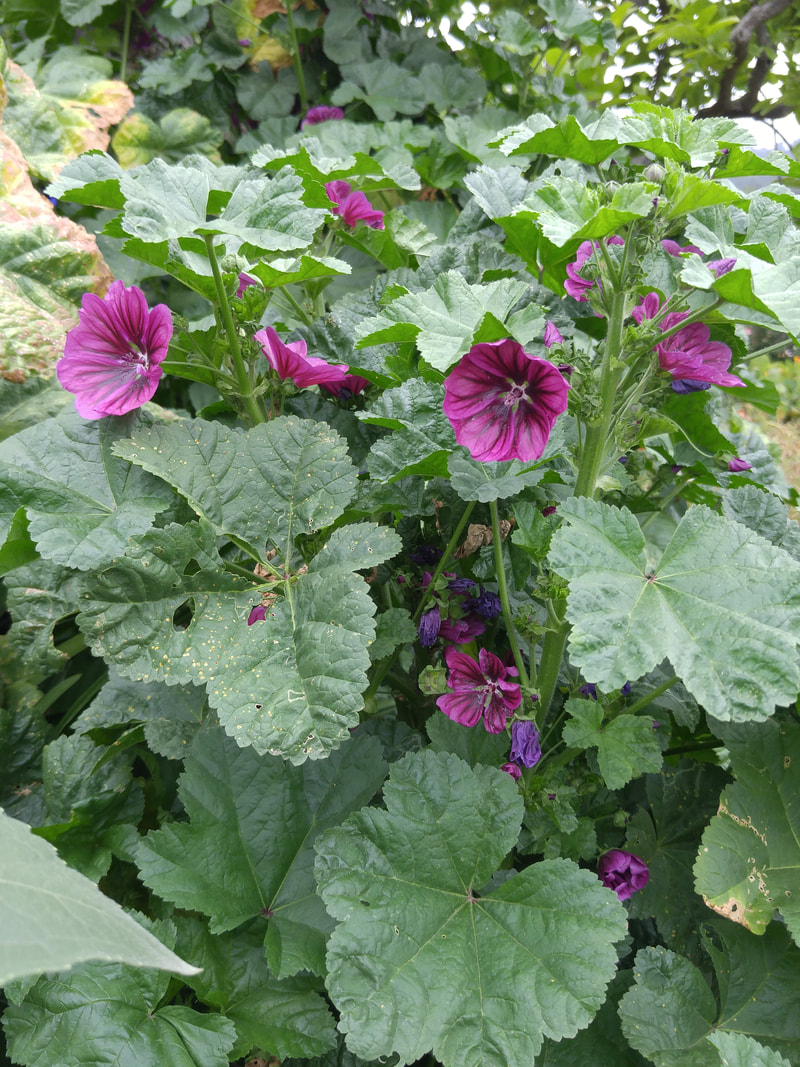
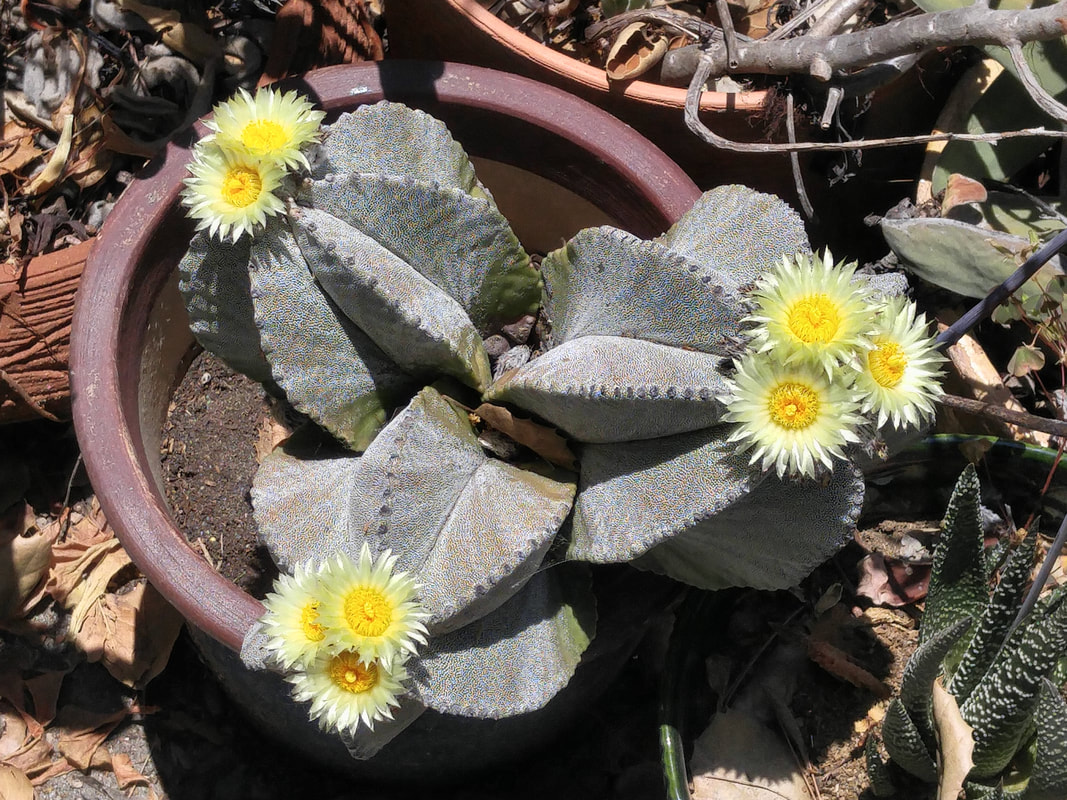
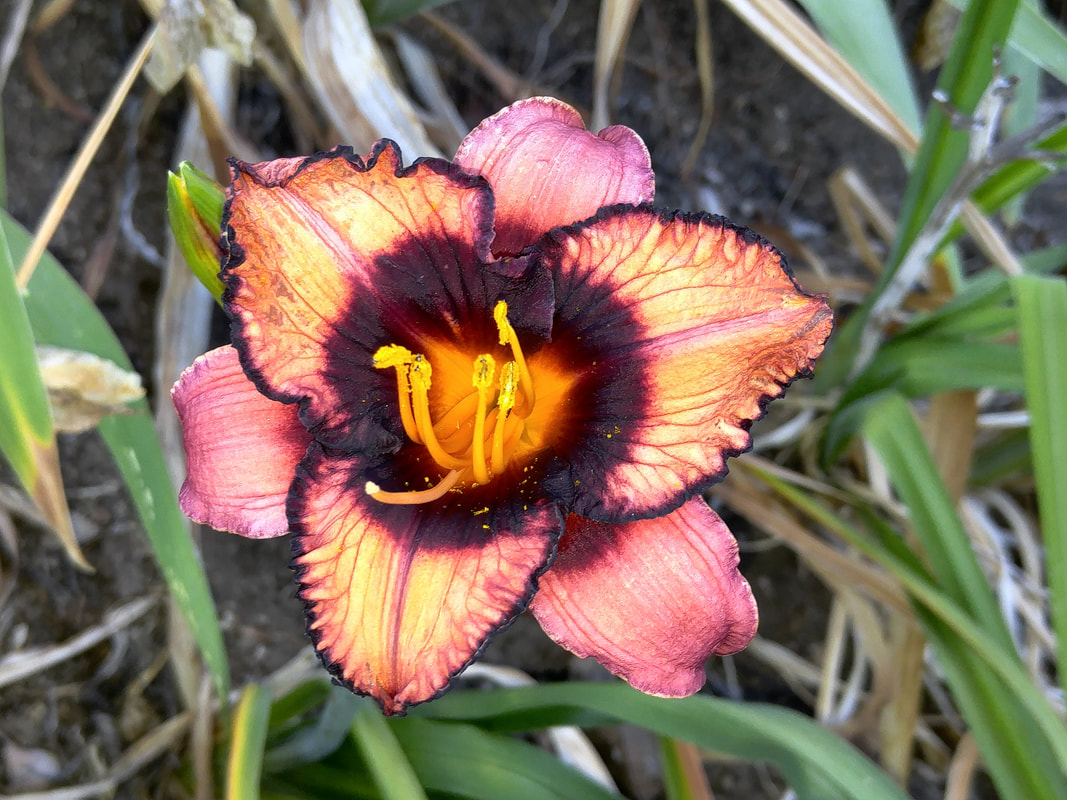
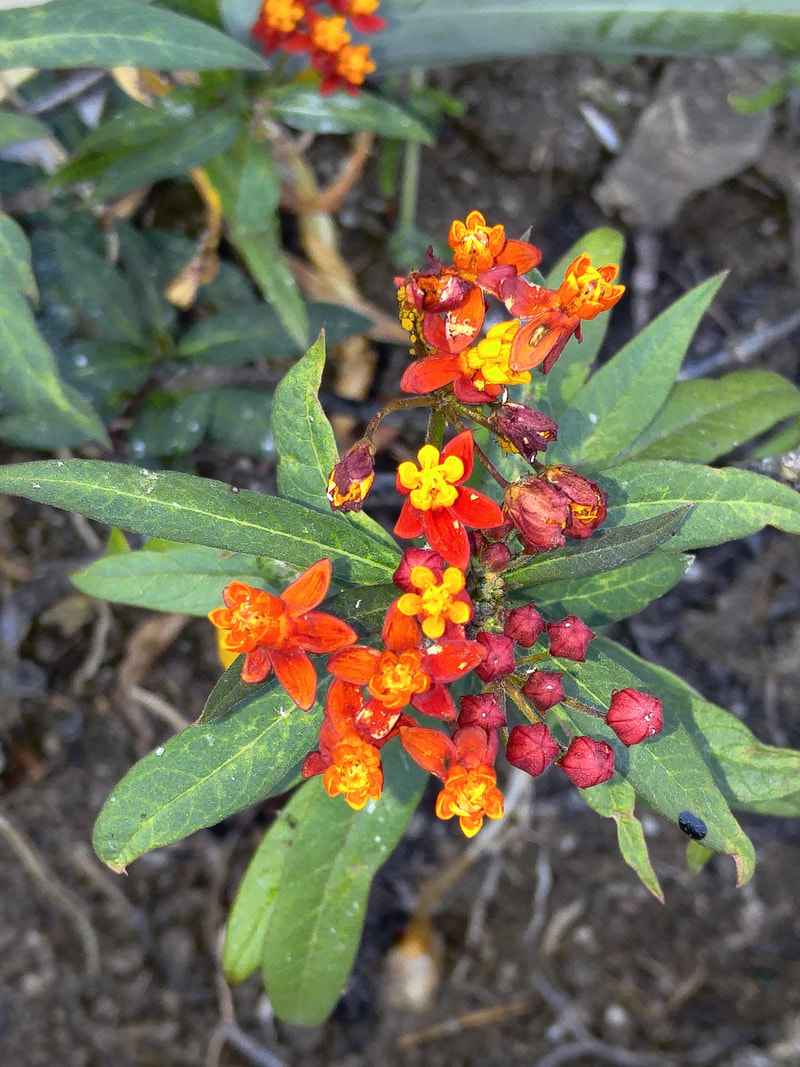
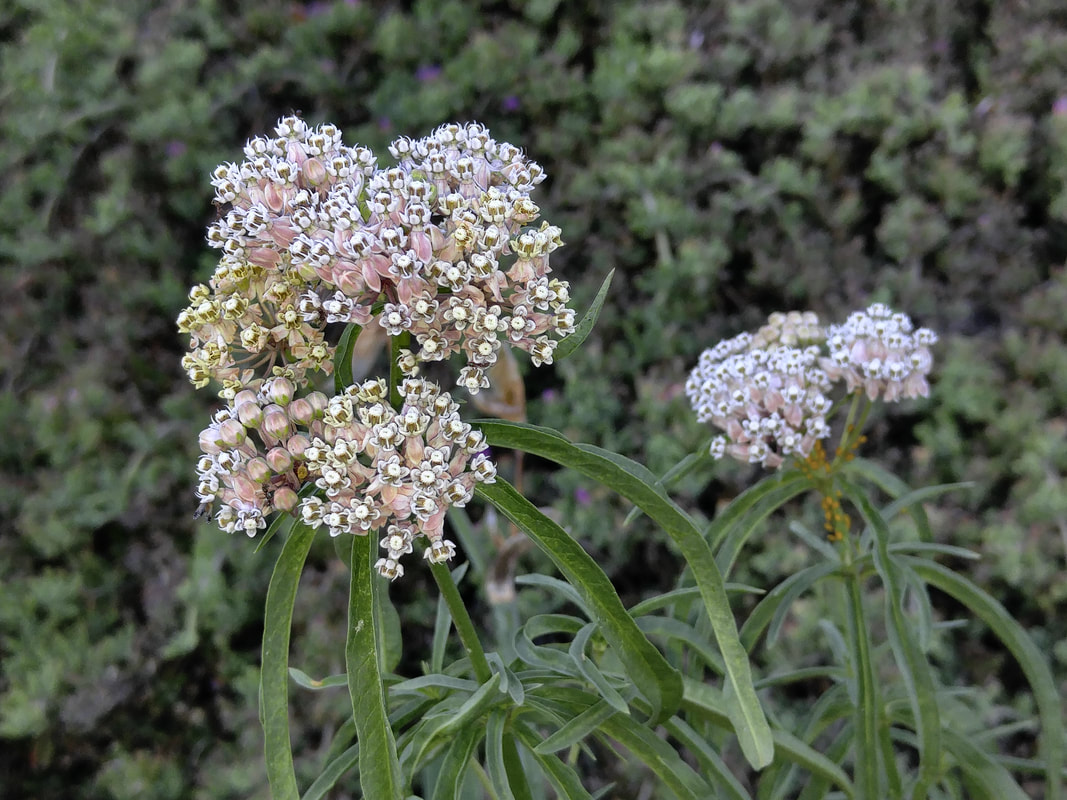
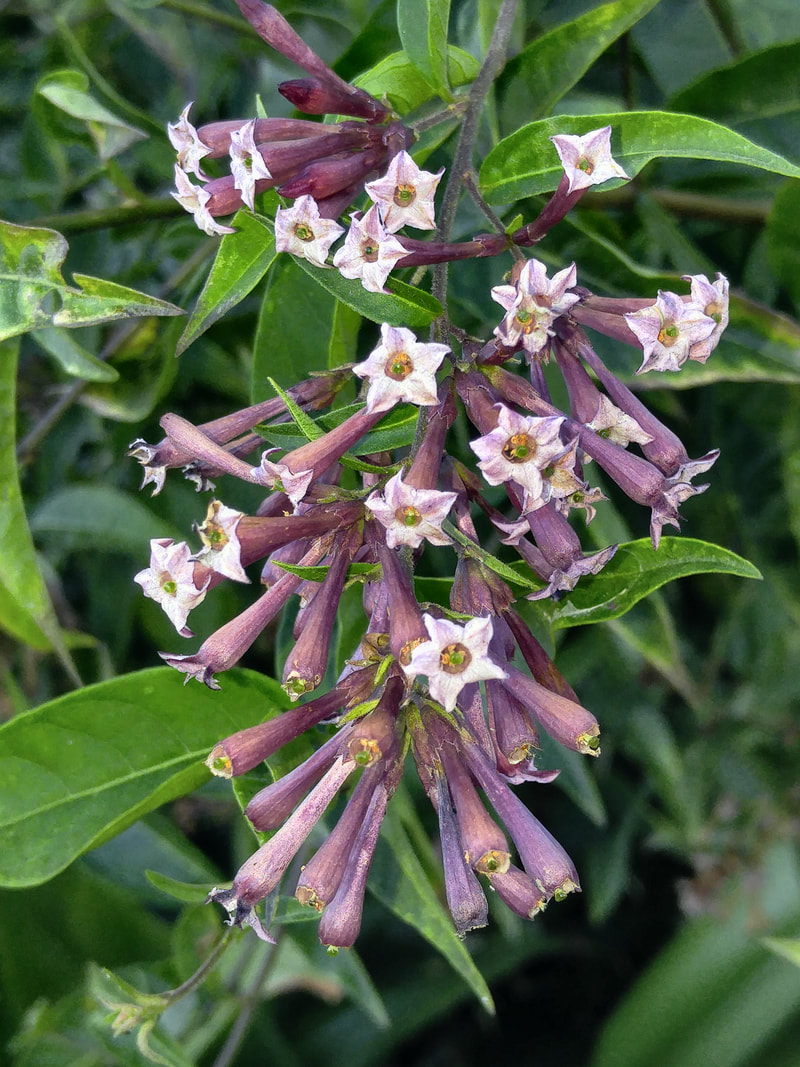
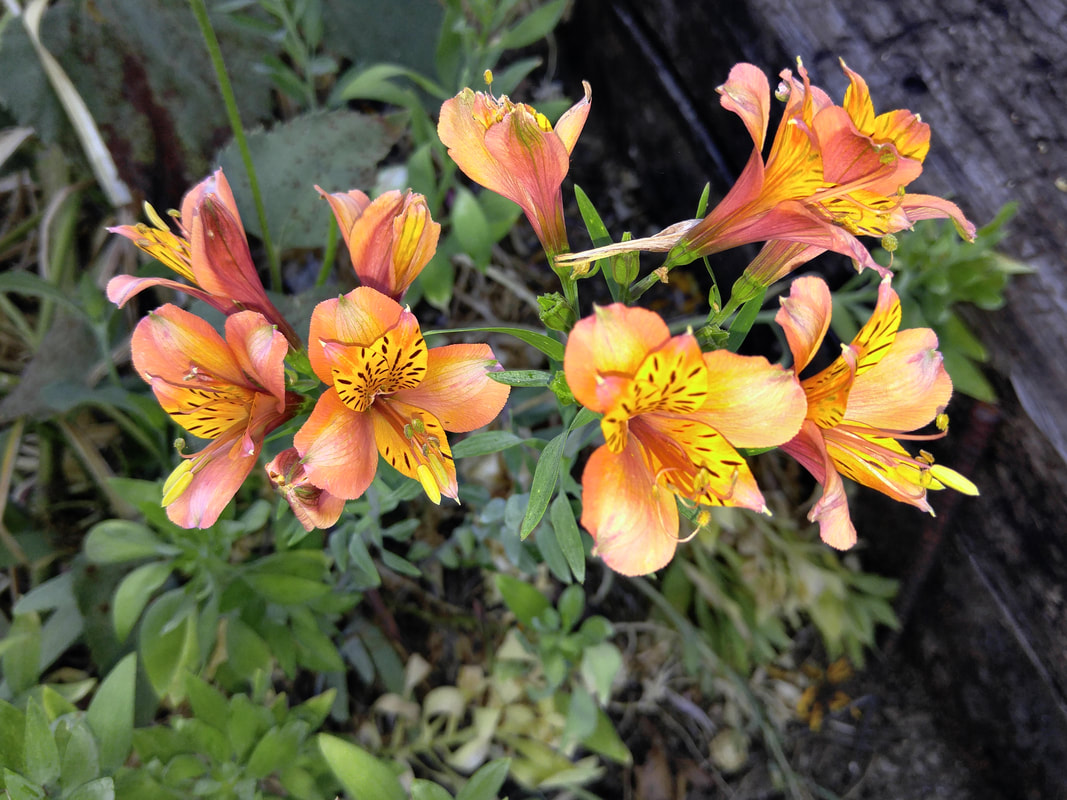
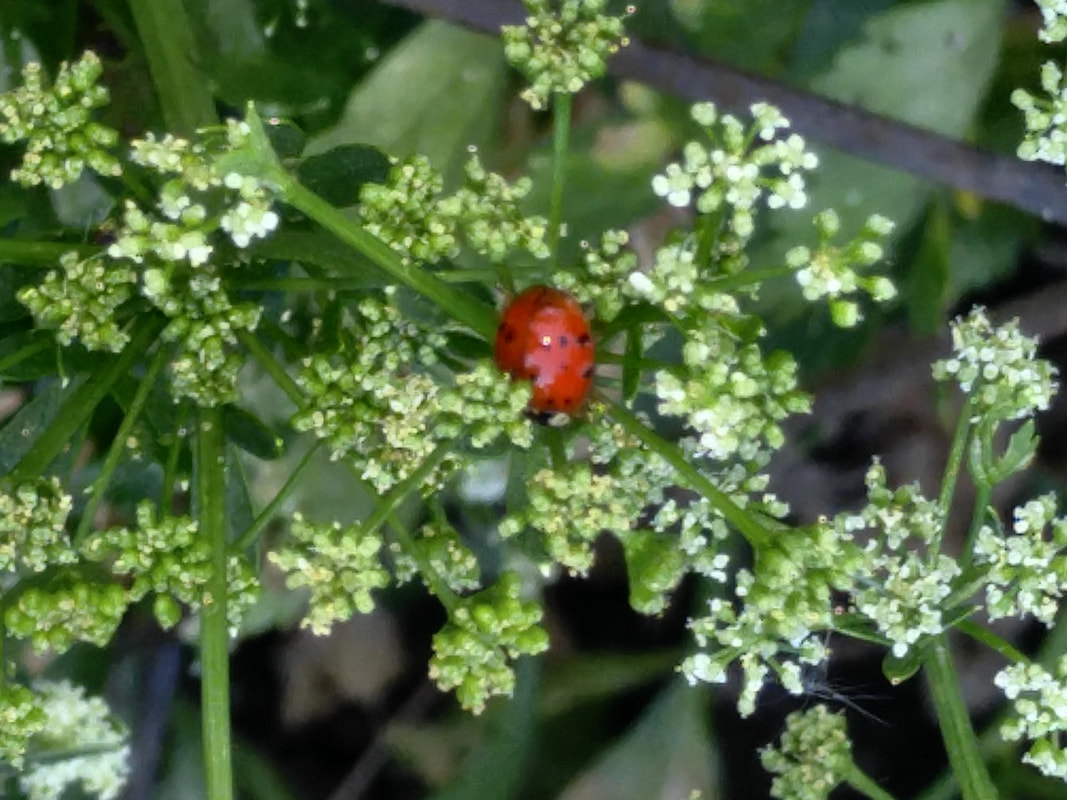
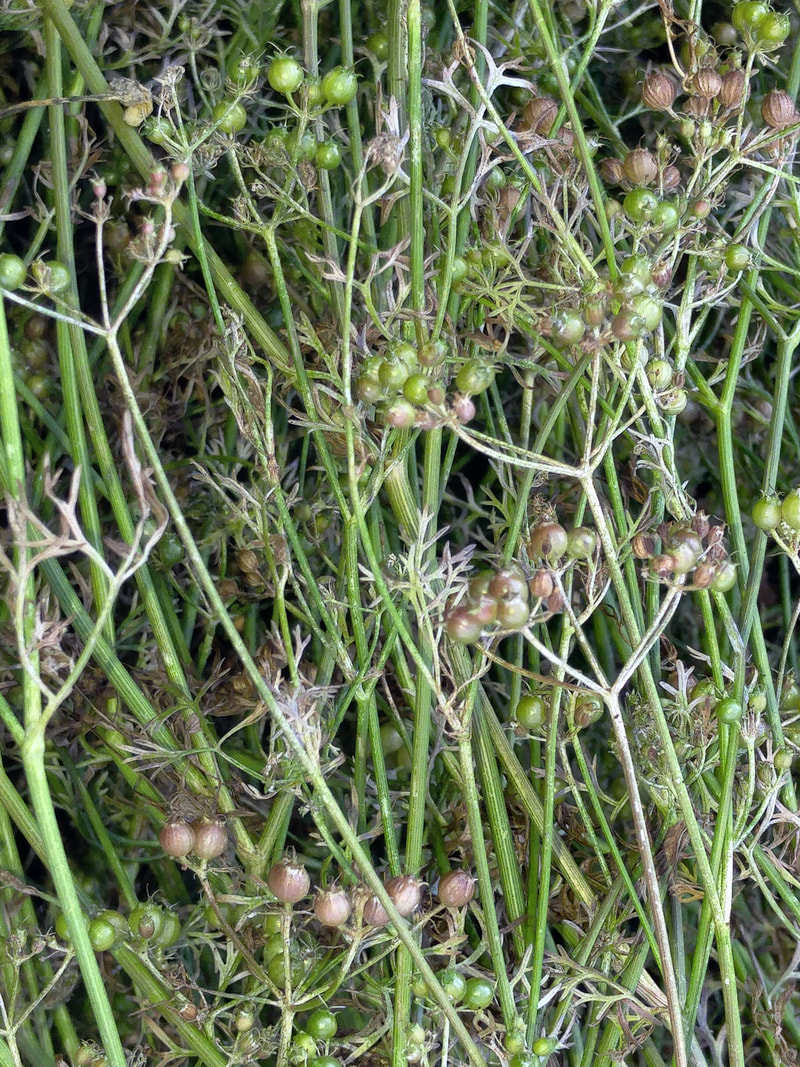
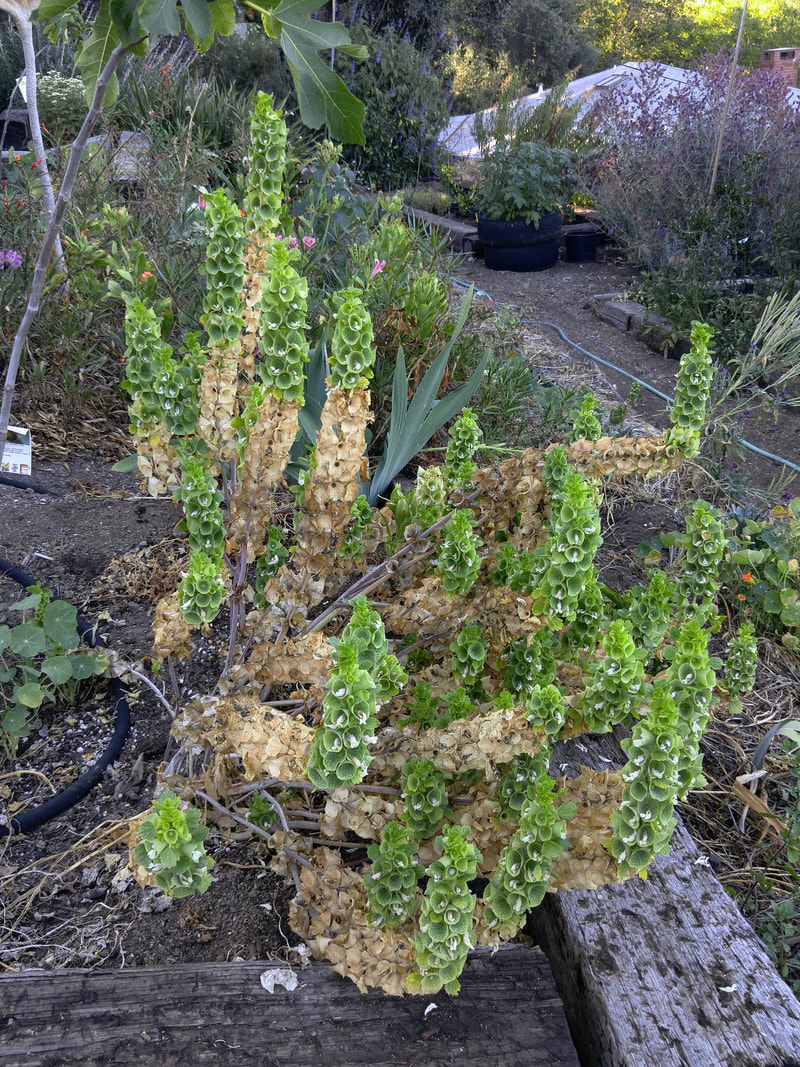
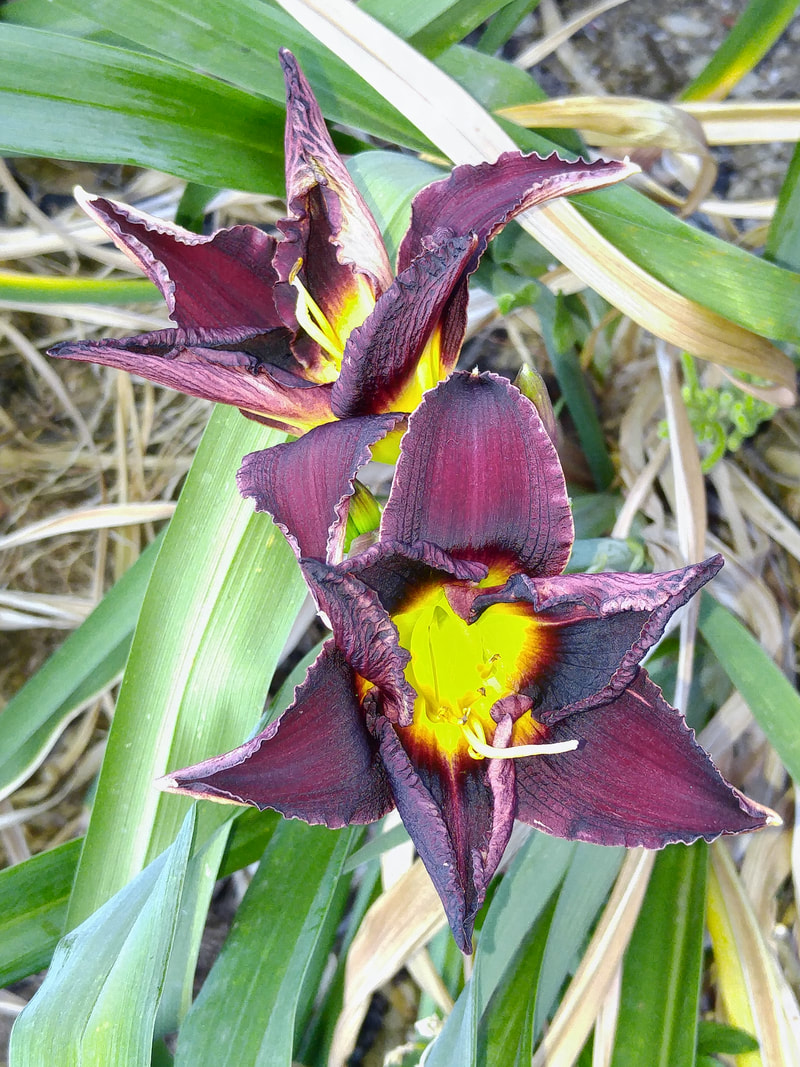
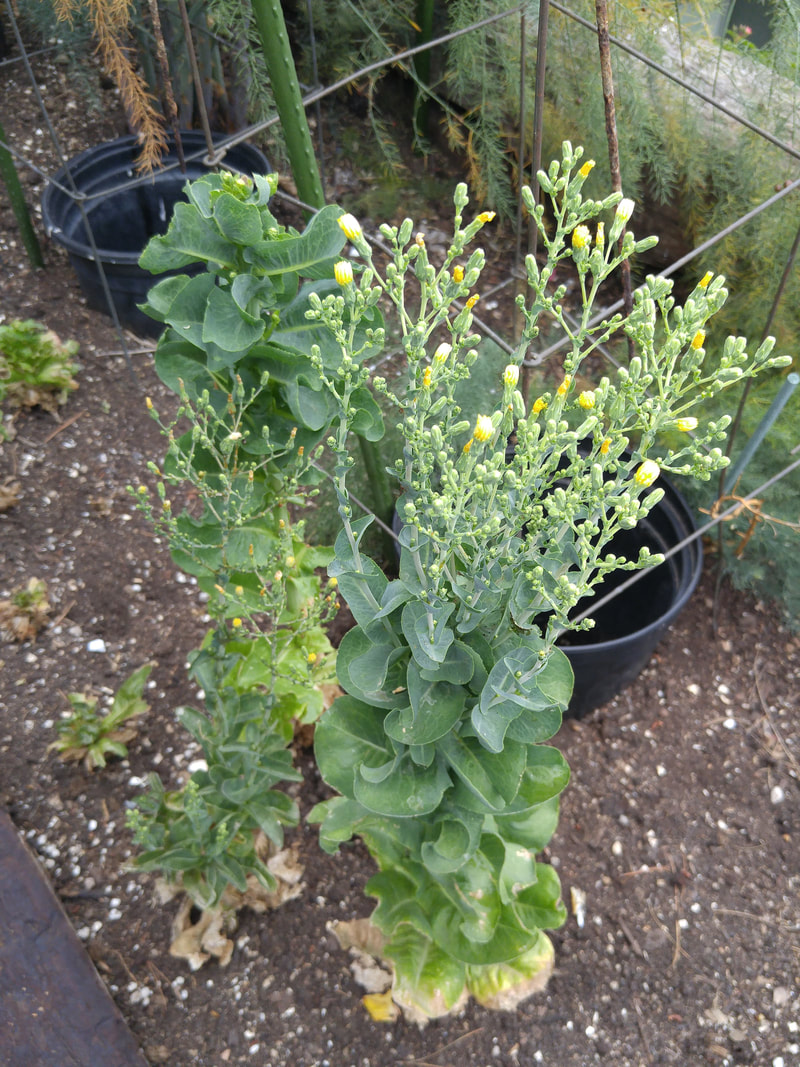
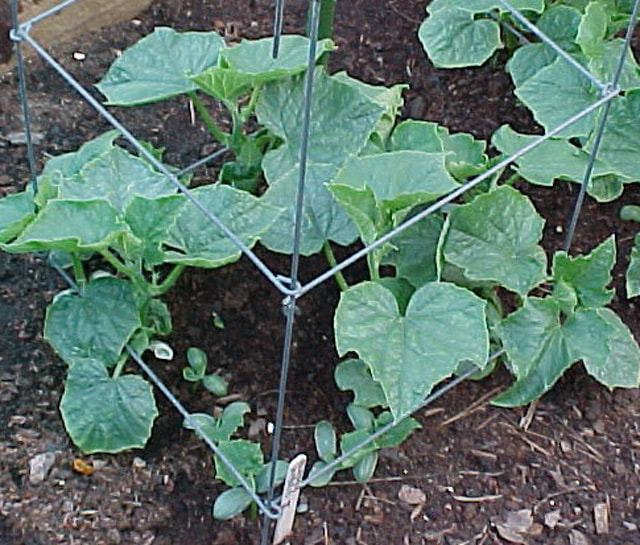
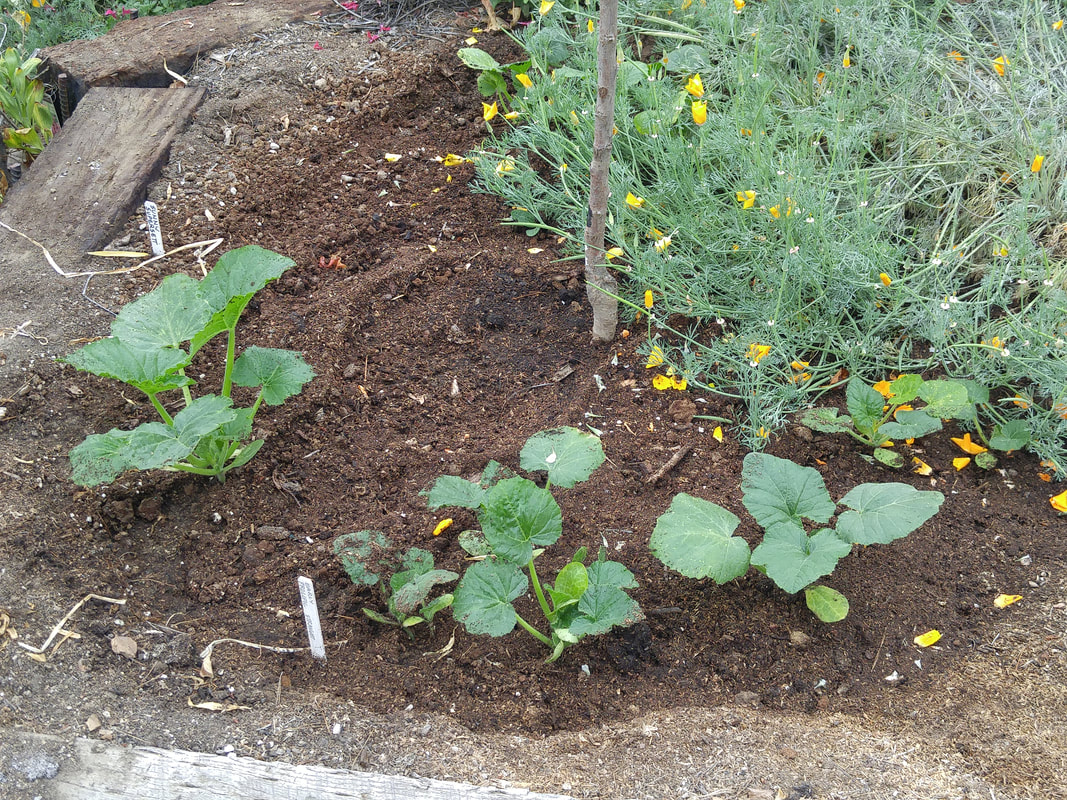
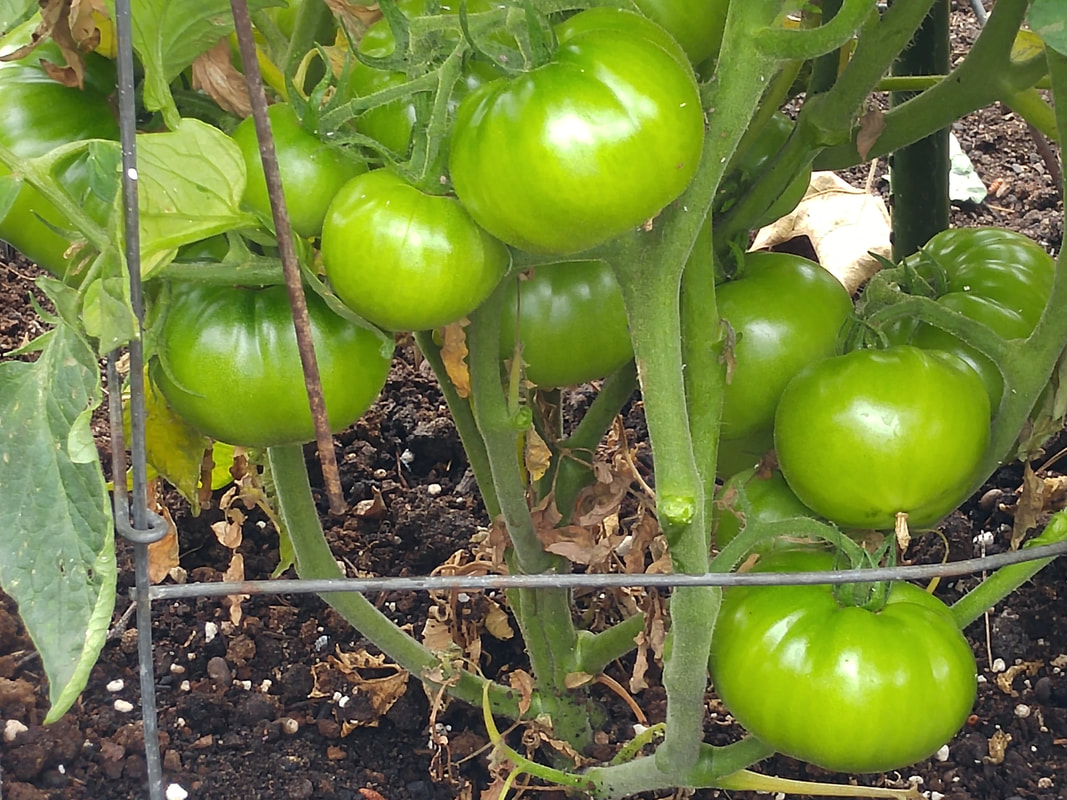
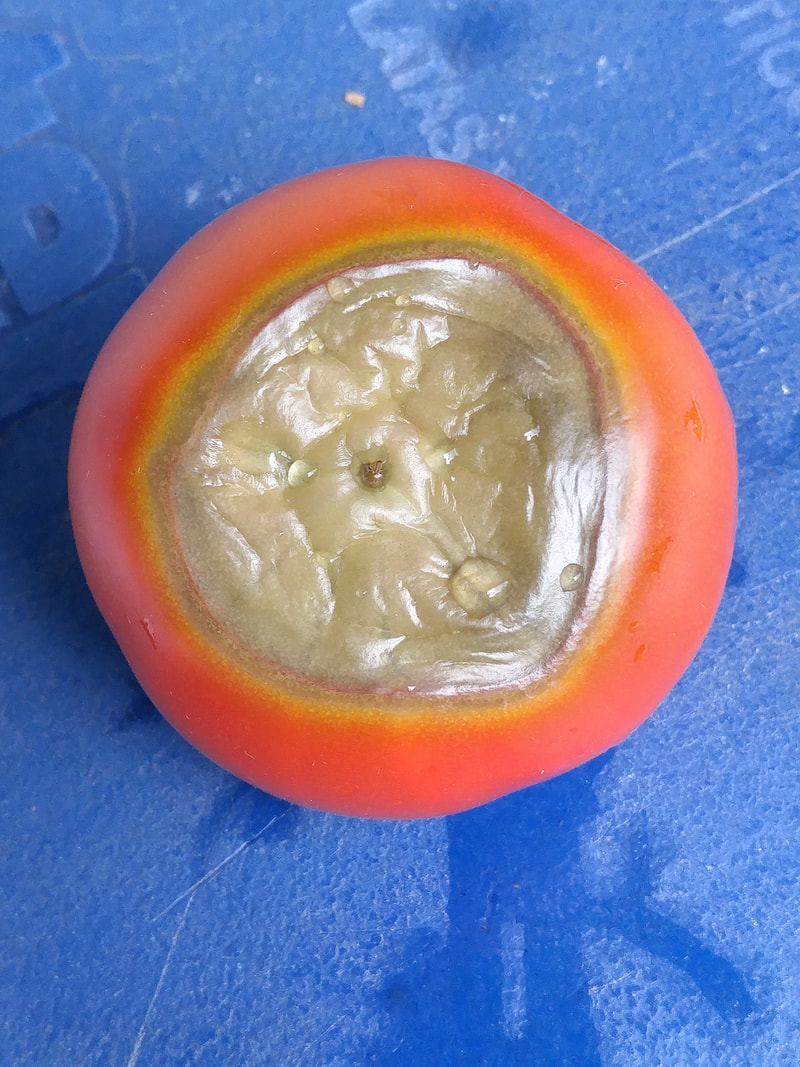
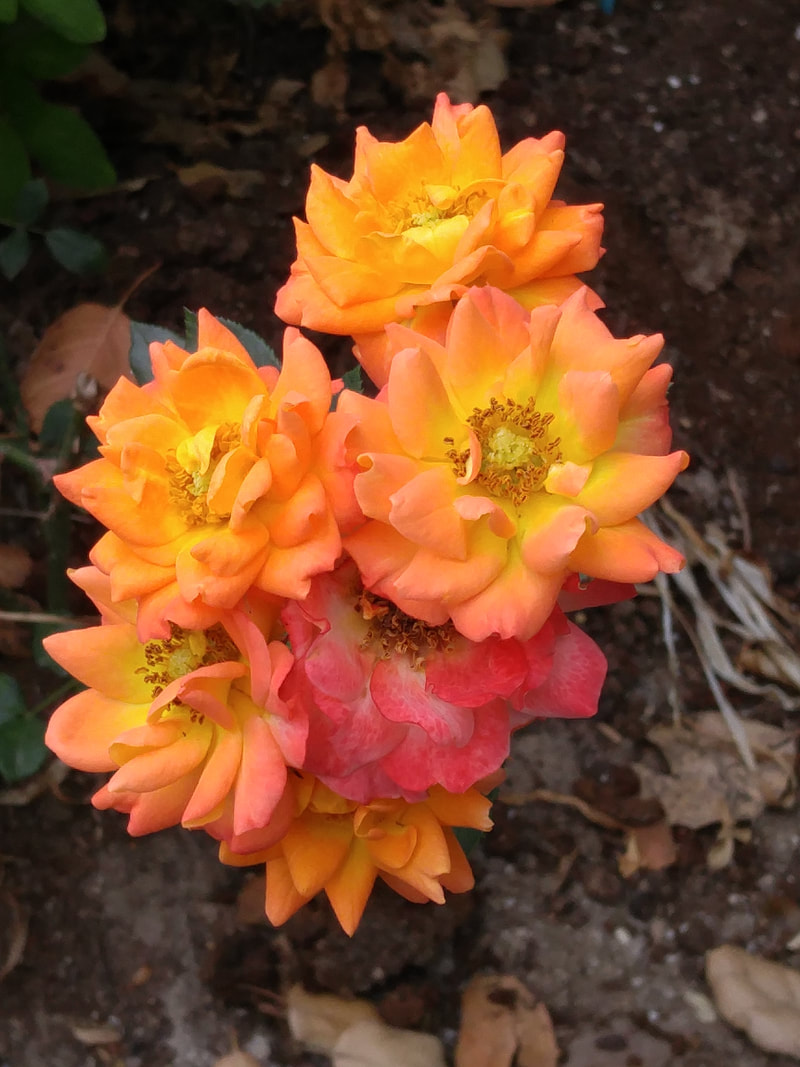
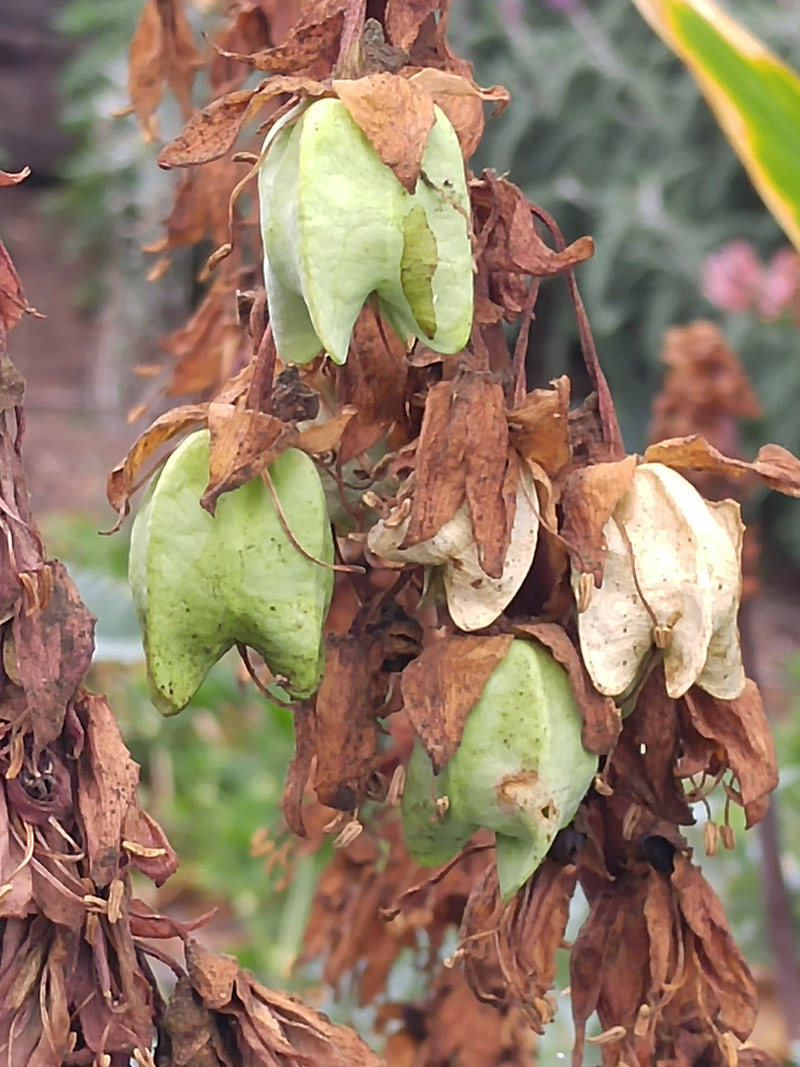
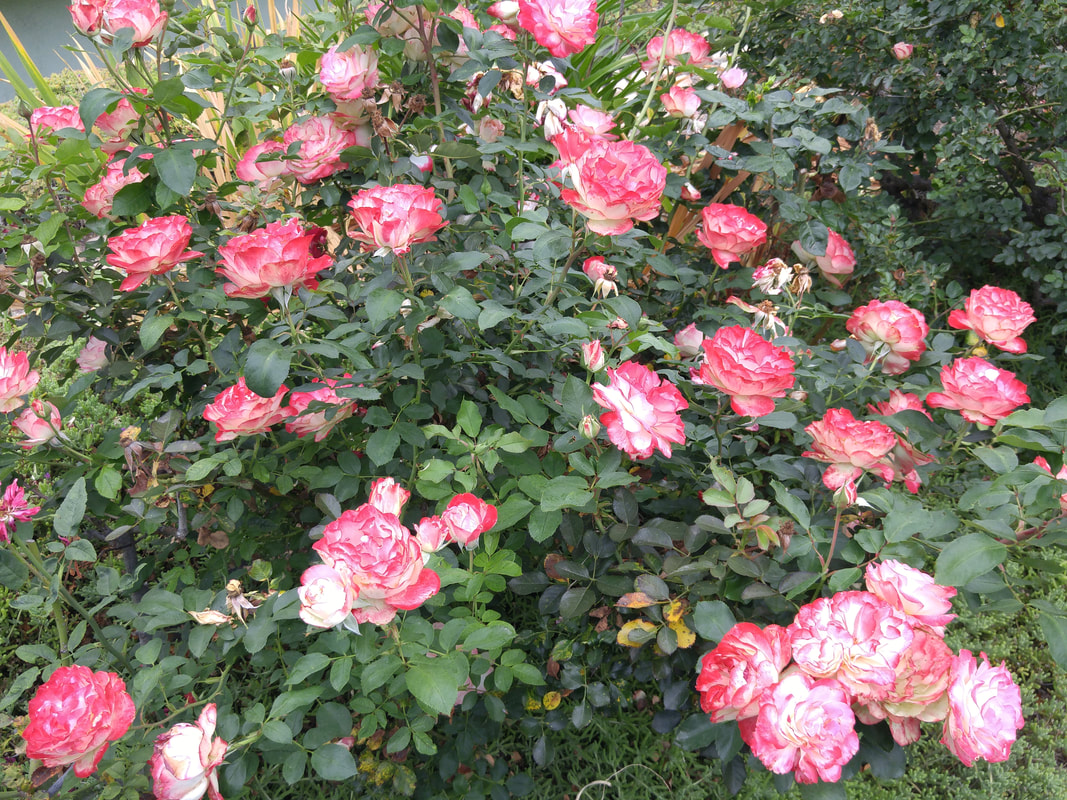
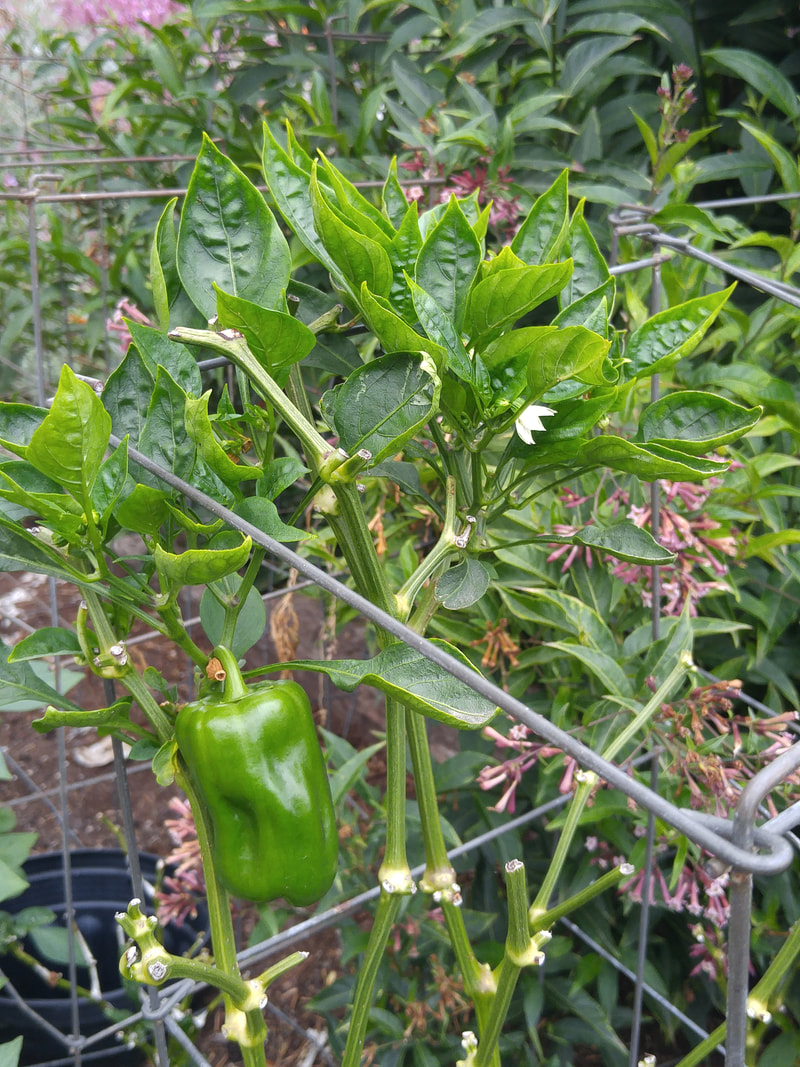
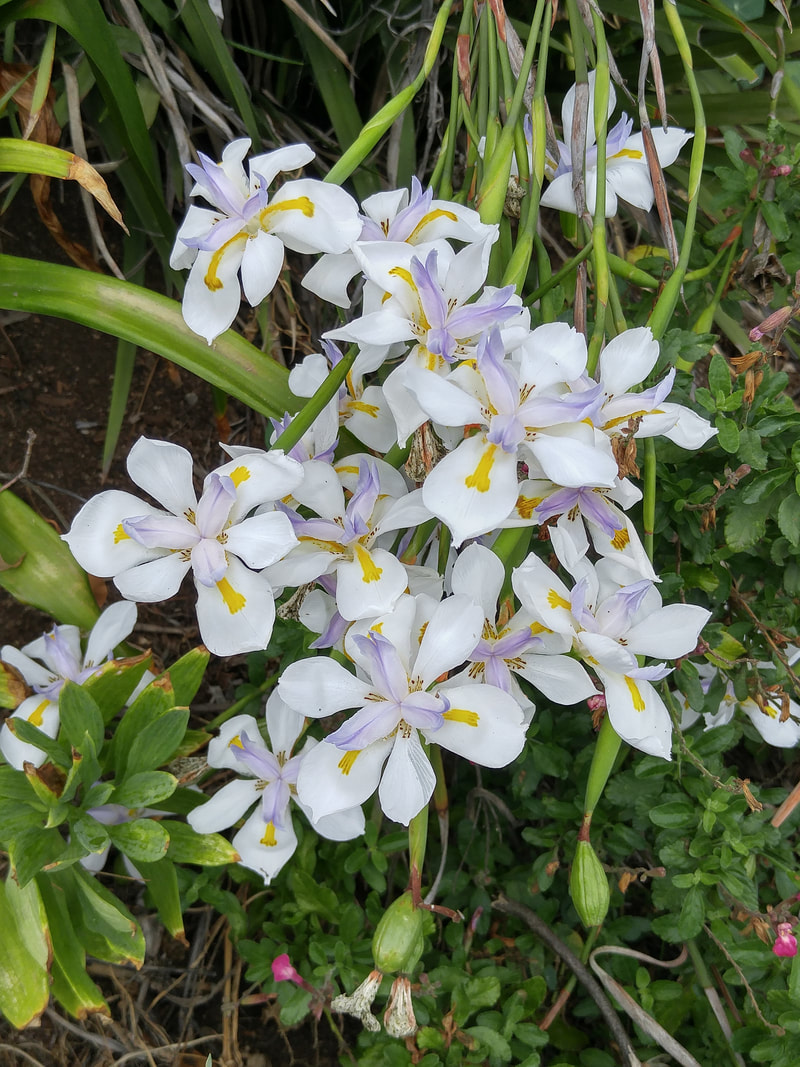
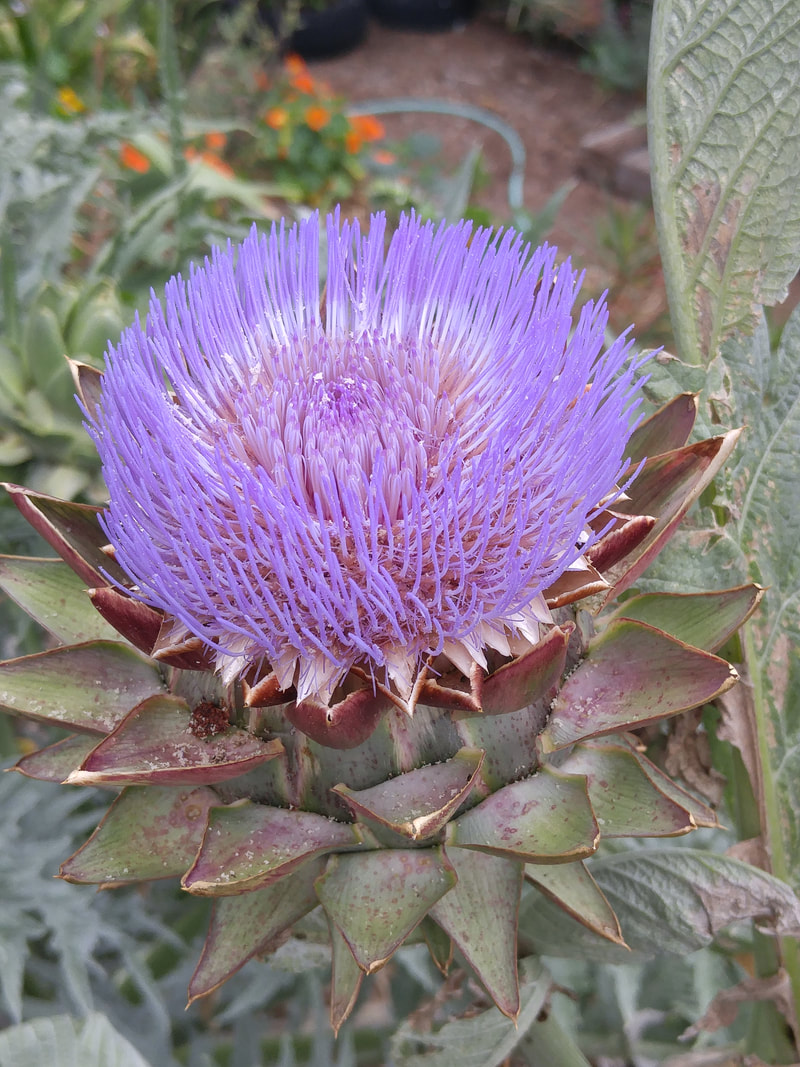
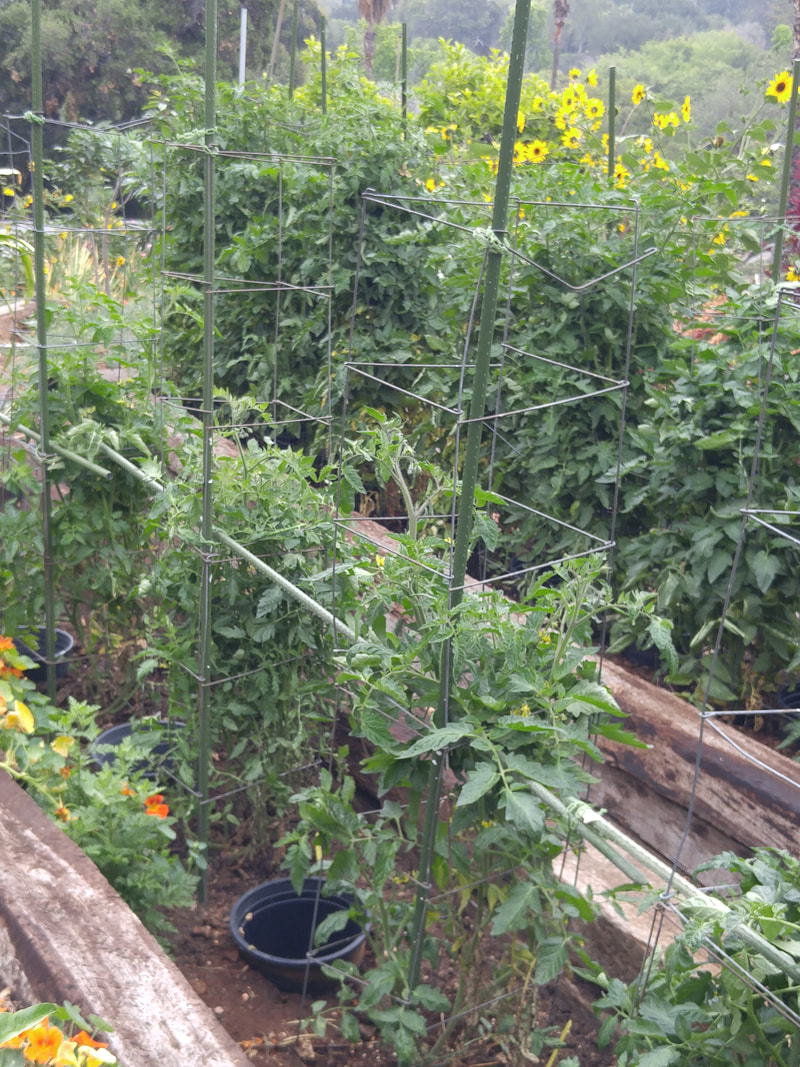
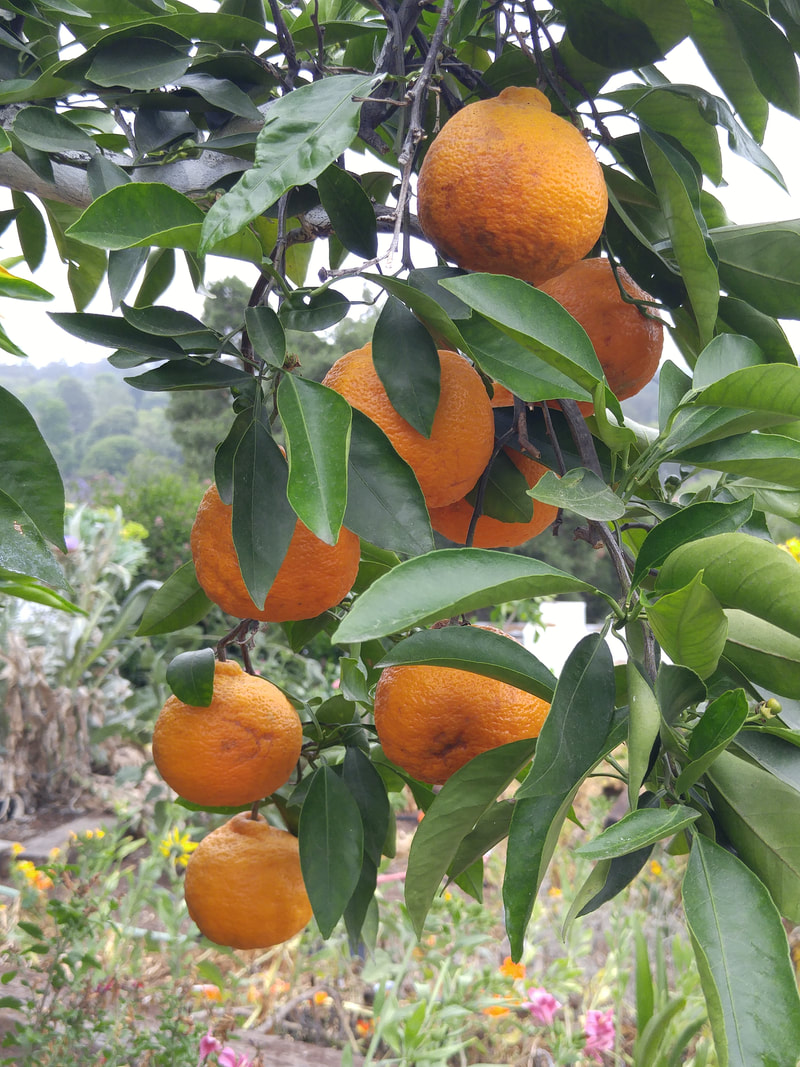
 RSS Feed
RSS Feed